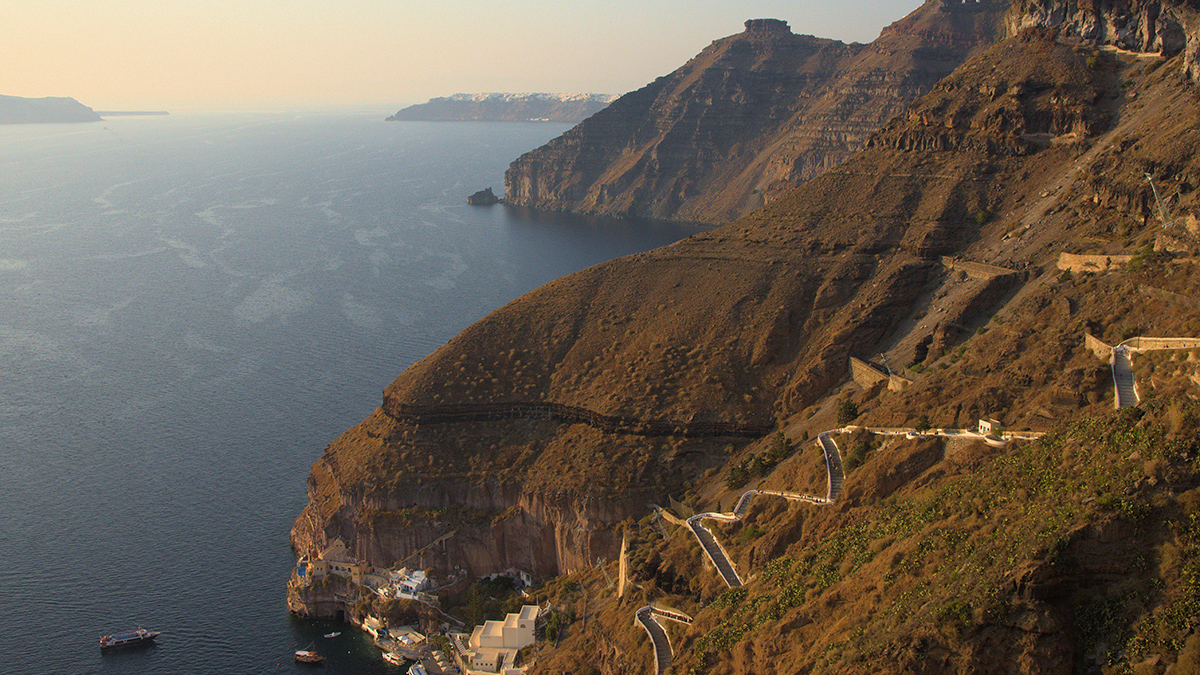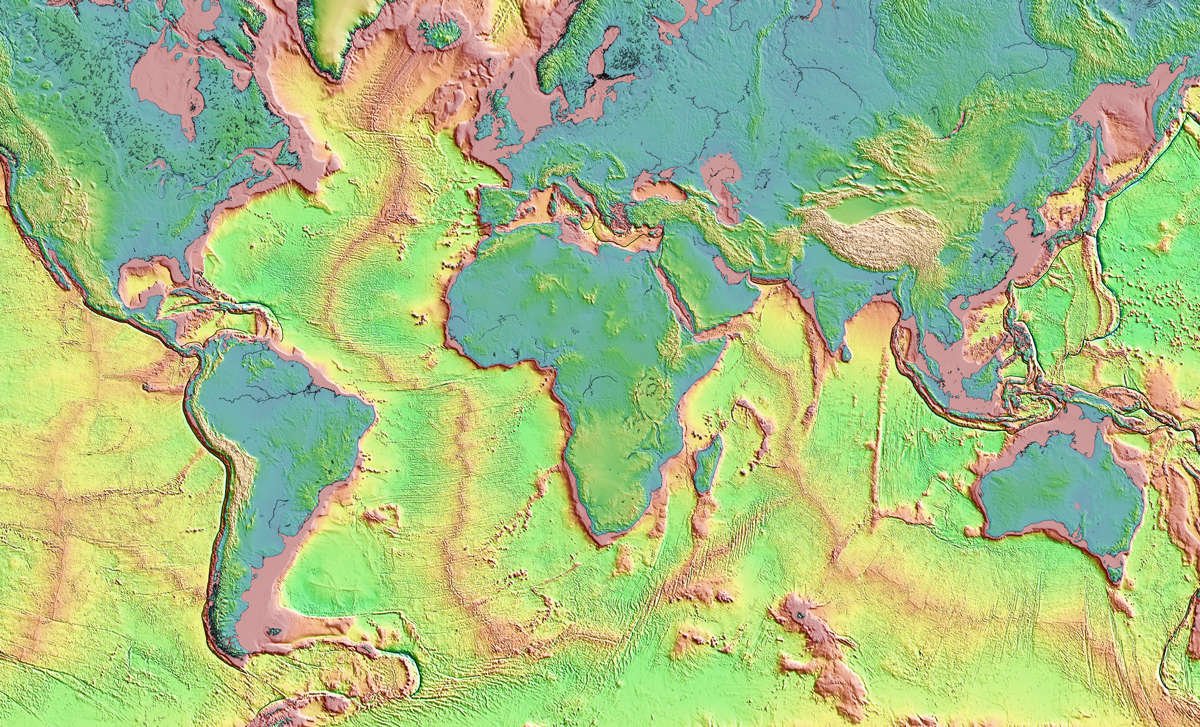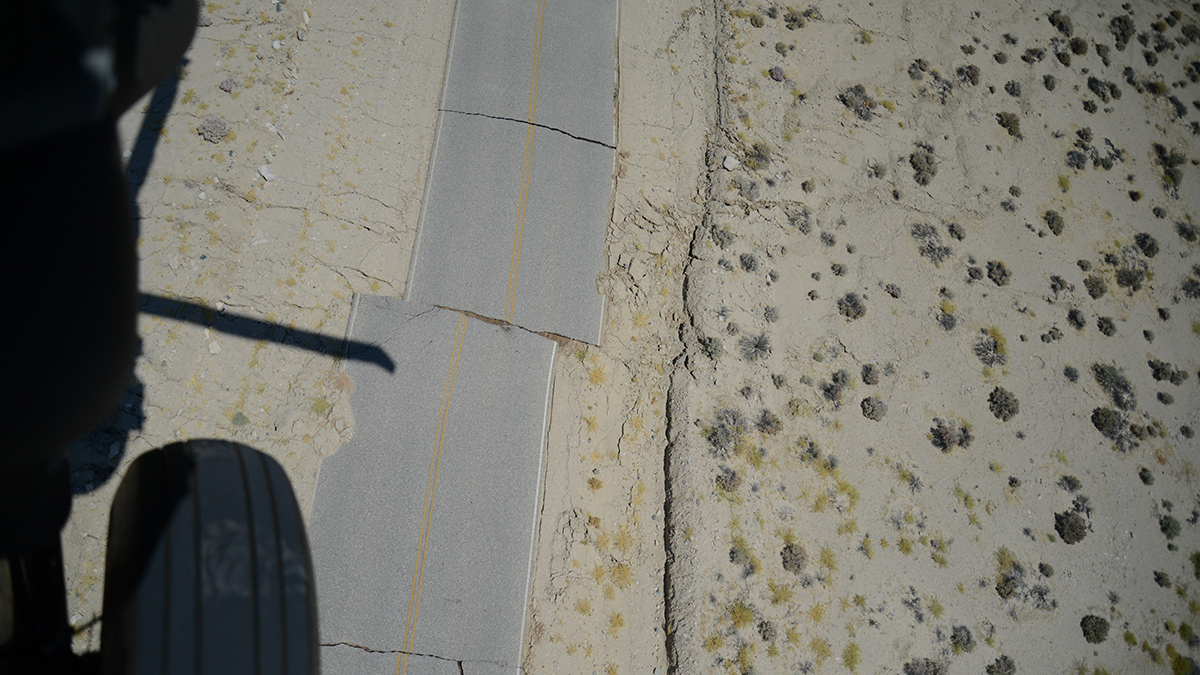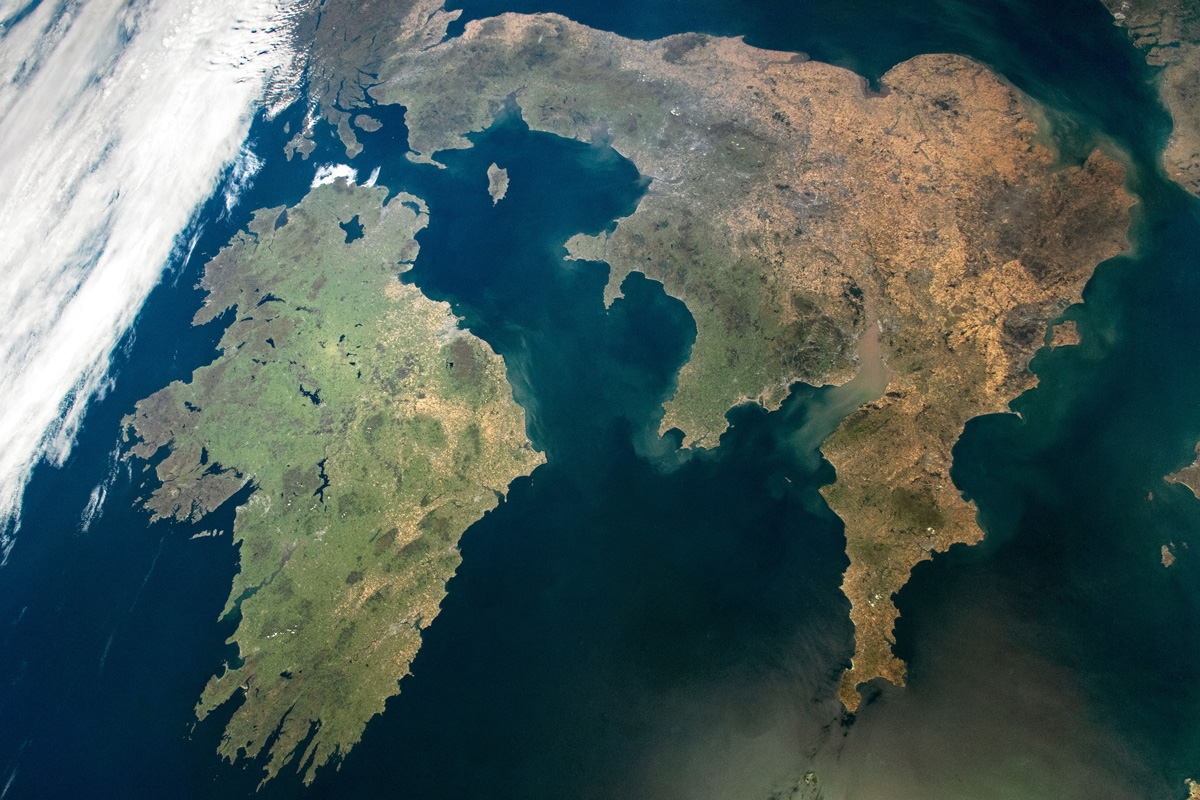The seafloor around Santorini is helping scientists investigate forces behind the devastating Minoan tsunami.
earthquakes
Low-Frequency Quakes Have Modest Effect on Slow Earthquake Cycle
Slow slip phenomena on subdaily scales, captured by seismic and GNSS data, show that low-frequency earthquakes are incidental to larger magnitude slow earthquakes, in which aseismic slip dominates.
A New, Underground Atlas of Subduction Zones
Submap merges graphic design with geodynamics, providing a fast, free, and user-friendly resource to map subduction zones.
The 2023 Türkiye-Syria Earthquakes Shifted Stress in the Crust
In February, a devastating magnitude 7.8 earthquake struck the eastern Mediterranean, triggering a second major jolt and a cascade of aftershocks.
Talc May Make Mexico’s Subduction Zone More Slippery
Production of the weak, water-bearing mineral at the interface between the Cocos and North American Plates could contribute to the occurrence of poorly understood episodic tremor and slow slip.
Grâce à la science communautaire, un réseau sismologique en Haïti
De petits sismomètres peu coûteux peuvent communiquer des données de haute qualité et en temps réel. Pendant le tremblement de terre d’août 2021, ils ont été mis à l’épreuve.
The Temi landslide – an ancient, valley-blocking failure in Sichuan Province, China
Xie et al. 2023 describe the ancient, 35 million cubic metre, valley-blocking Temi landslide in China.
Global Earthquake Analysis Seeks Elusive Foreshock Signal
Spotting foreshocks for what they are could help seismologists forecast large earthquakes.
On-Again, Off-Again Lake Cahuilla Likely Enhanced Earthquakes in Southern California
The disappearance of the ephemeral lake has made earthquakes along the San Andreas Fault even more unpredictable.
The Mysterious Case of Ireland’s Missing Earthquakes
The Emerald Isle has far fewer earthquakes than neighboring Britain. Now scientists think they know why.










